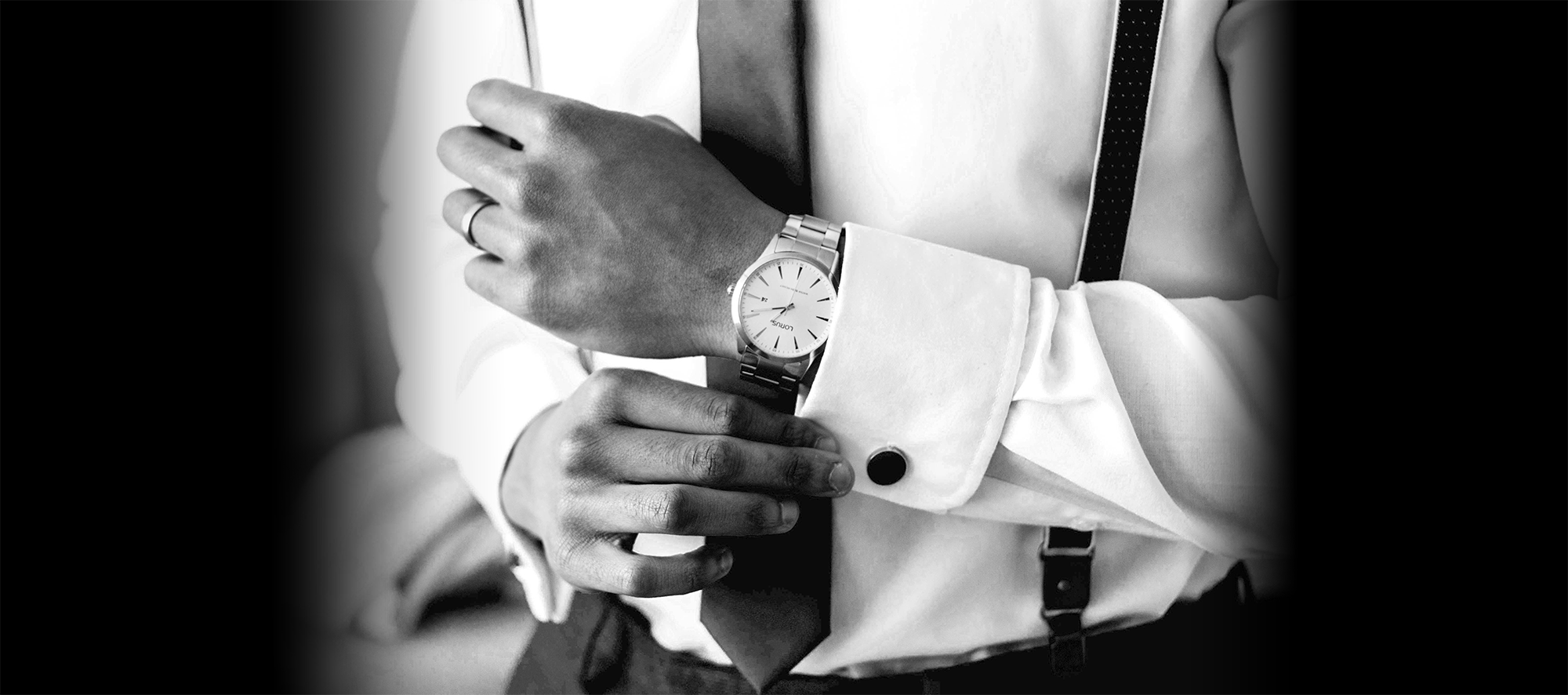Podcast: Play in new window | Download
This week’s guest asked us not to use his name, but he’s got quite a resume. The octogenarian has served as an executive and a Board member for several major US corporations, and now that he’s finally retired, he’s a regular in the Foxwood Stud games. Join us for a series of poker, business, and life lessons from a remarkable man!
Timestamps
0:30 – Hello & Welcome
8:32 – Strategy
22:46 – Interview
Strategy
The hand comes from a $400 buy-in WSOP circuit event at Foxwoods. We are nearly at the bubble. 56 players remain and 54 make the money. The blinds are $2,500 – $5,000 with a $5,000 big blind ante. I’m on the button with AK offsuit and about 130k in chips. It folds to the highjack who has about 700k chips. I don’t have any reads, but he is the biggest stack at the table. He raises to 20k. I fold.


Hi,
Was John Doe on the podcast? Or am I going mad? I don’t think I heard that part?
Tnks,
J
Kudos on the strategy session. That was an excellent analysis of the factors to think about on the bubble. It’s these types of situations that make tournament play so interesting, to me anyway. In the end, it seems min cashing is more important to some players than others. Personally, while I don’t love a min cash, it is miles better than a soul crushing bubble burst. This is especially true since I only play occasionally & therefore don’t have the option to jump in another tournament the next day. That said, I am not a total nit in these situations and would therefore call, especially since I’m in position. I recognize calling may not be optimal from a game theory perspective, but it is optimal for my peace of mind. Meaning I see calling as a reasonable compromise of continuing to try to build a stack towards winning while also taking some precautions to avoid the bubble. Thanks again for the discussion.